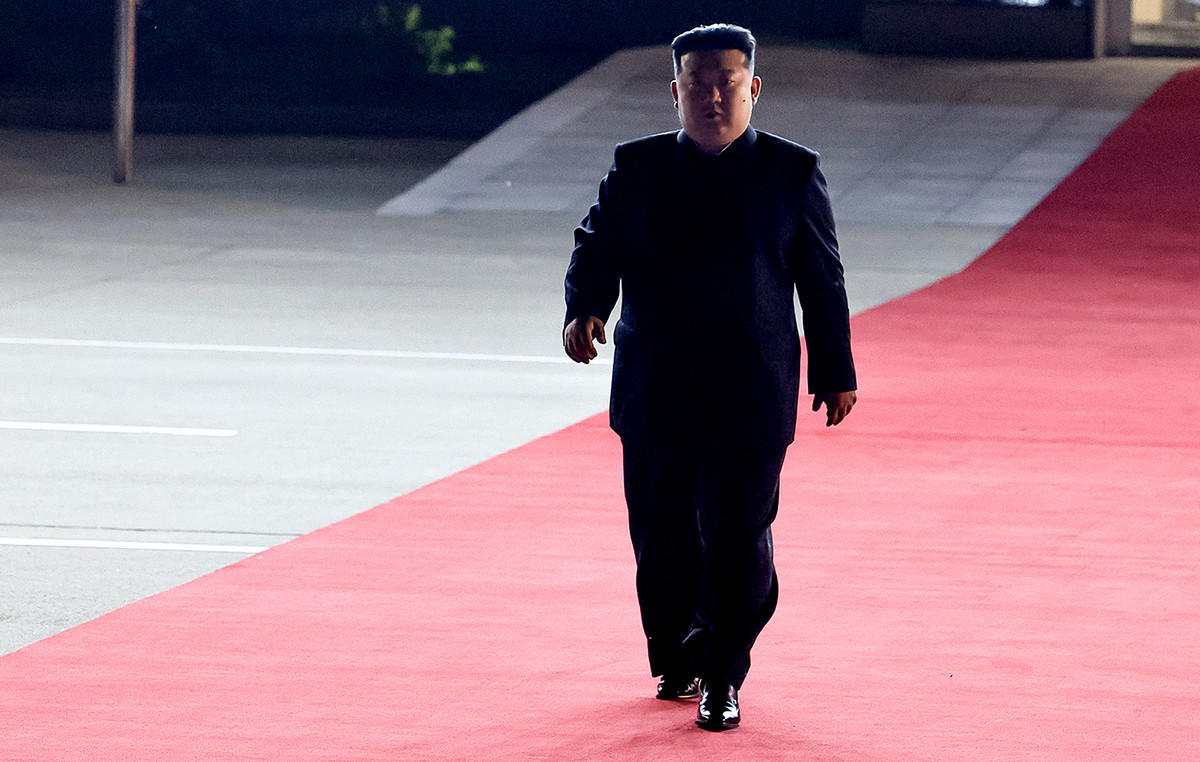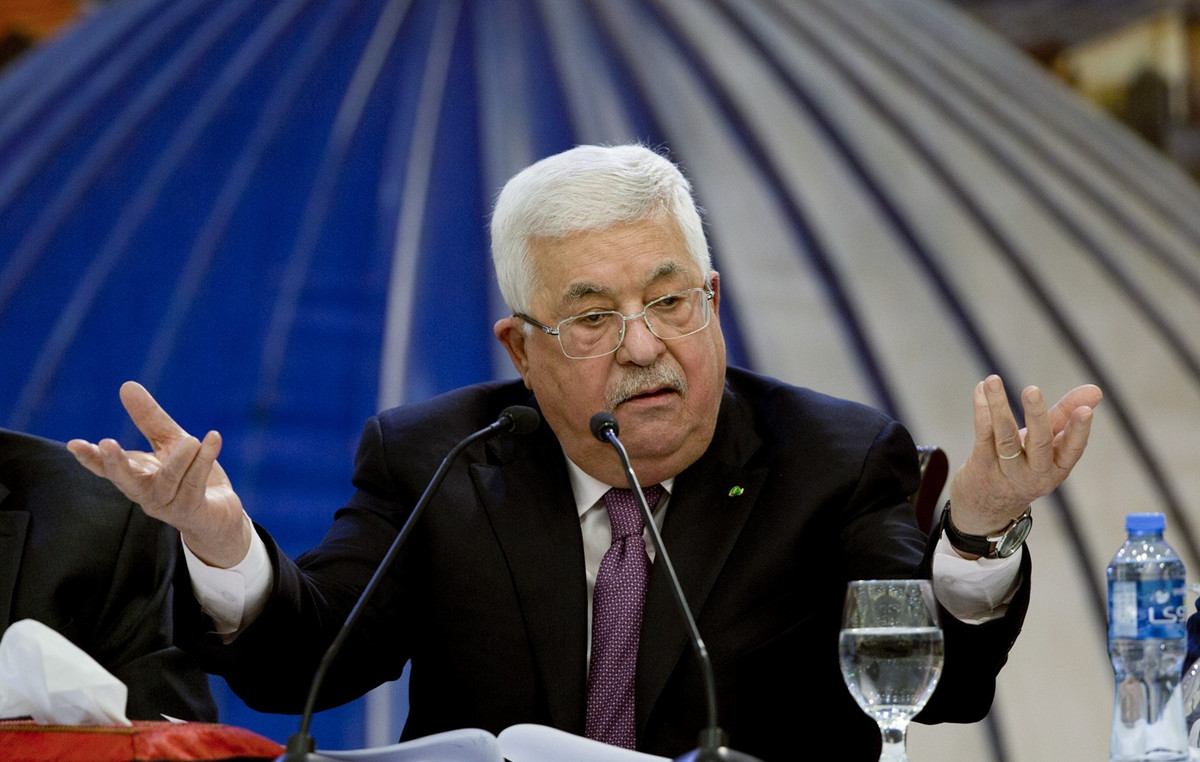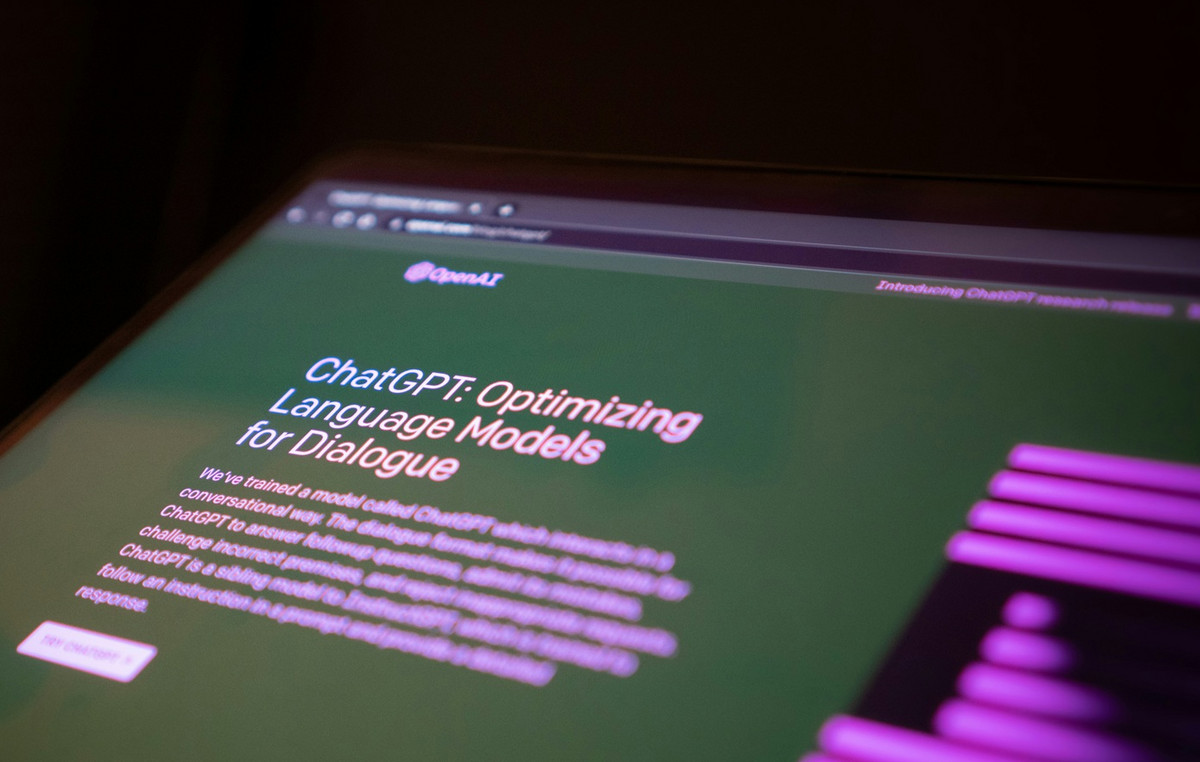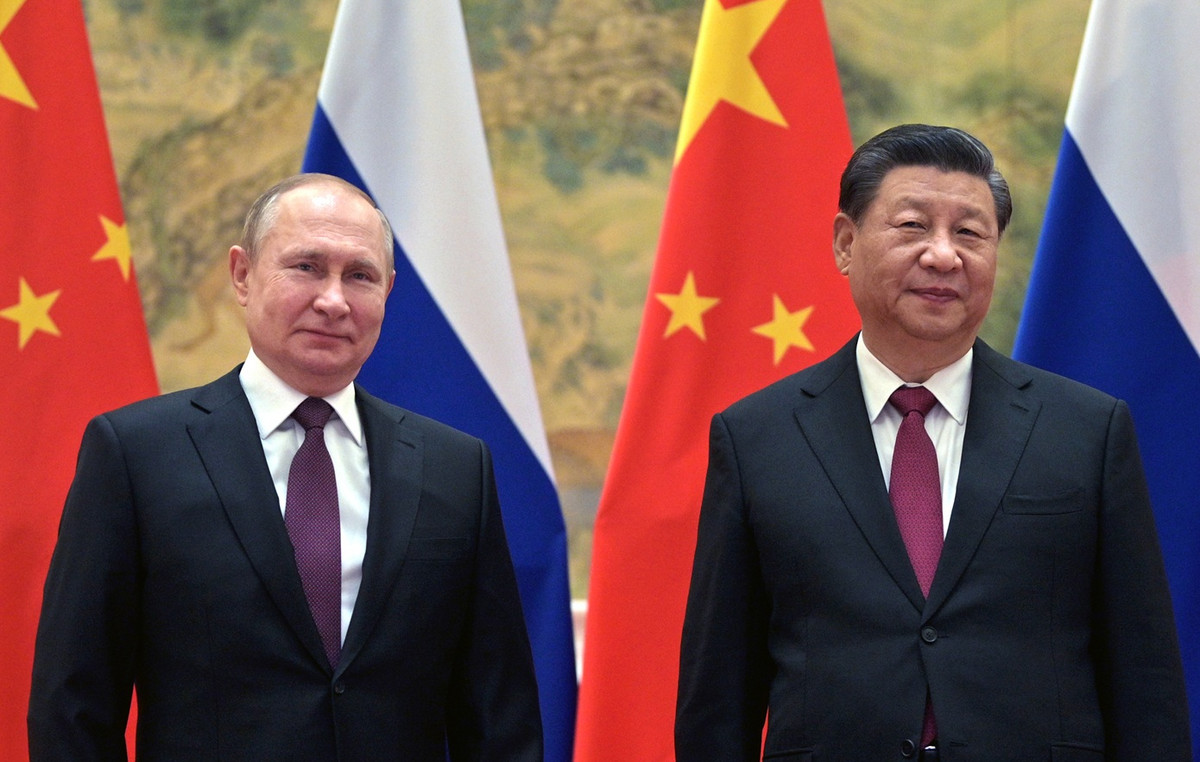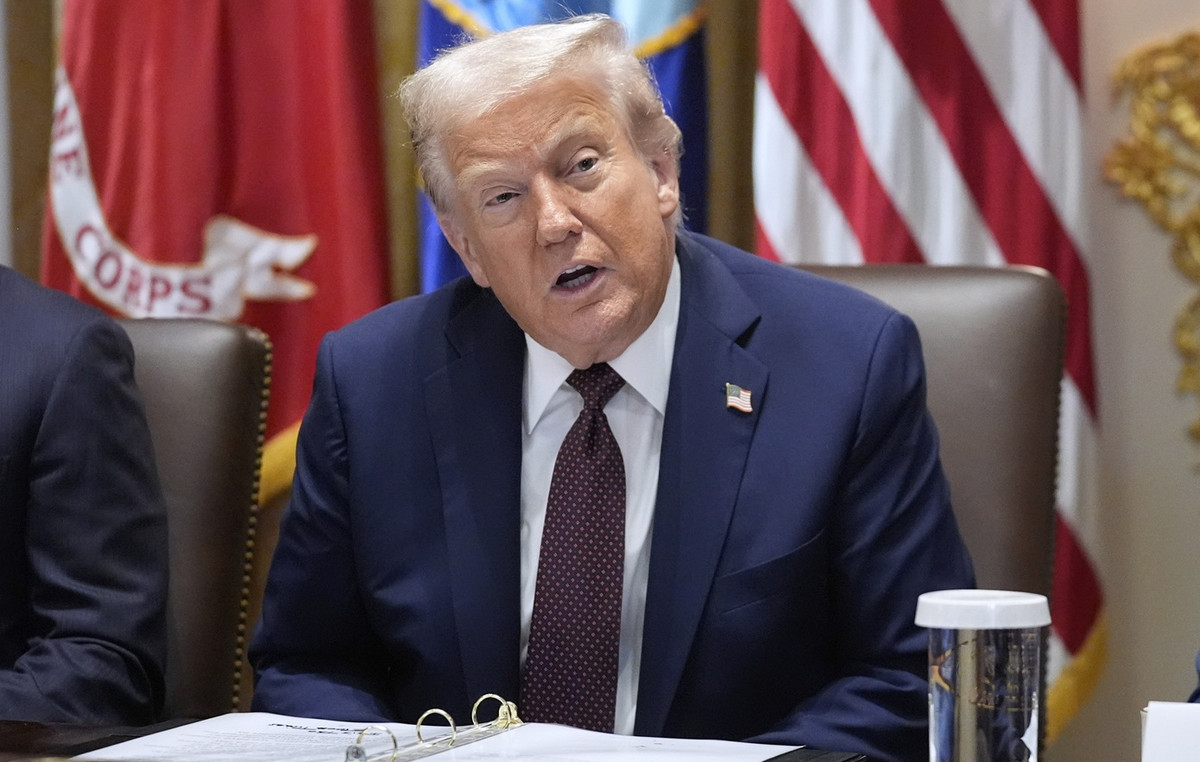President Joe Biden has proudly touted the return of manufacturing jobs to America – but despite investment and subsidies, it is an industry in the US that is now languishing after barely recovering from the Covid-19 pandemic. And it will be hard for Vice President Kamala Harris or former President Donald Trump to turn that around if they are elected, no matter their grandiose campaign promises.
Under the Biden administration, U.S. manufacturing has received billions of dollars in investment, including $53 billion from the Microchip Incentive and Science Act to boost the semiconductor business and a $1.2 trillion bipartisan infrastructure spending package approved by Congress. Private investment has also surged in recent years. Taken together, these investments have led to a strong recovery in construction spending by manufacturers, according to government data.
When the U.S. economy rose from the ashes after being hit by the Covid-19 pandemic, that impressive momentum was a tide that lifted all boats, including manufacturing. But that momentum didn’t last.
Not only does the industry have a long way to go before employment levels return to pre-Great Recession levels, but total U.S. manufacturing employment in August was only about 1.2% higher than in February 2020. Manufacturers lost jobs in four of the eight months through August, according to Labor Department data. Surveys of manufacturers don’t look very promising either.
So while there hasn’t been a revival of the industry under Biden, but rather a steady recovery from the pandemic, it may well be just a matter of time before the massive investments finally start to pay off. But with less than two months to go until the presidential election, that could be a tough sell to voters.
Harris delivered a speech outlining part of her economic policy on Wednesday afternoon (25) in Pittsburgh, where she mentioned plans such as tax cuts for the middle class, sharply increasing tax deductions for startups and reforming regulations around construction projects.
“We will invest in biomanufacturing and aerospace; remain dominant in AI and quantum computing, blockchain and other emerging technologies; and expand our leadership in clean energy innovation and manufacturing,” Harris said.
On Tuesday (24), Trump outlined his own economic vision during a speech in Savannah. He said that if elected, he plans to lower the corporate tax rate, increase tariffs and reduce regulations, which he said would lead to “a mass exodus of manufacturing from China to Pennsylvania, from Korea to North Carolina, from Germany to right here in Pennsylvania.”
The many problems of the industry
The industry is dealing with a number of issues, but most of them are due to the broader economic outlook.
The biggest weaknesses for the manufacturing industry are weak demand and high interest rates, according to recent manufacturing surveys by the Institute for Supply Management and S&P Global. Not only has this put factories on hold, but it could also be a worrying sign for the industry’s future.
“The combination of falling orders and rising inventories sends the bleakest forward-looking indication of production trends seen in a year and a half, and one of the most worrying signs witnessed since the global financial crisis,” Chris Williamson, chief business economist at S&P Global Market Intelligence, said in a press release.
And while manufacturers have received a massive injection of subsidies in recent years, they will be in no rush to ramp up hiring or production if the outlook for demand is uncertain. In addition, many manufacturers are currently nervous about the upcoming U.S. presidential election and the fate of interest rates, which has led many employers to put hiring plans on hold.
“Demand remains weak as companies show reluctance to invest in capital and inventory due to current federal monetary policy and election uncertainty,” Timothy Fiore, chairman of the ISM Manufacturing Business Survey Panel, said in a press release.
Manufacturers are also facing persistent price pressures, which are now “rising at the fastest pace since April last year,” according to S&P Global. Those costs could hurt employers’ bottom lines or be passed on to consumers in the form of higher prices.
And of course, there are issues specific to certain manufacturing sectors. For example, Boeing, America’s largest exporter, has its own set of unique problems that are plunging it into an even deeper financial hole. Meanwhile, U.S. automakers face stiff competition from Chinese automaker BYD, which has flooded the global market with its electric vehicles.
There is also the persistent fact that labor remains cheaper in many other countries compared to the US, where manufacturers have had to manage union demands in recent years.

It could improve, but it’s not clear when
It’s not all doom and gloom for the manufacturing industry. The Federal Reserve this month cut interest rates for the first time in more than four years and signaled additional rate cuts through the end of the year. This will greatly benefit businesses of all sizes and sectors by making it less expensive to take out a business loan.
American businesses run on credit because that’s how they start, expand and buy equipment. Lower rates not only ease the pressure on companies that have faced the toughest financing costs in more than two decades, but could also boost consumer demand, or at least keep it from deteriorating into recession territory.
Still, there are no signs of the industry beginning any kind of recovery, which has been disconcerting.
“As the Federal Reserve rate returns to neutral, will the economic dominoes rebound? We’re not so sure,” Lauren Goodwin, economist and chief market strategist at New York Life Investments, said in a Tuesday note. “The manufacturing sector has been in contraction for more than 20 months, despite consistent construction related to investment in the semiconductor supply chain.”
She added that “the Fed is easing the brakes, which may help the economic cycle last longer. But it is not clear that economic activity will improve.”
US Elections: What is voluntary voting and why is it adopted?
This content was originally published in Harris and Trump want to resume industrial production in the US; it won’t be easy on the CNN Brasil website.
Source: CNN Brasil
Bruce Belcher is a seasoned author with over 5 years of experience in world news. He writes for online news websites and provides in-depth analysis on the world stock market. Bruce is known for his insightful perspectives and commitment to keeping the public informed.

